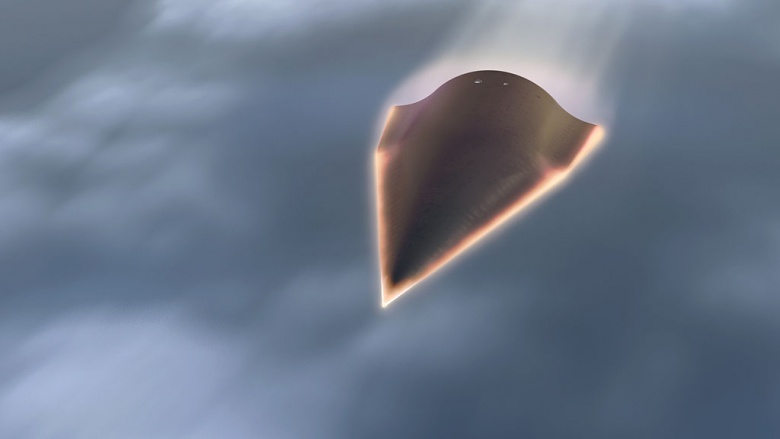New Russian hypersonic missile can achieve speeds of Mach 27 and will become operational in 2020
12/29/2019 / By JD Heyes

The development and deployment of intercontinental nuclear missiles in the 1950s was a military game changer that many experts believe actually prevented a third or even a fourth world war between the great powers.
Though conventional war remained a threat, any large power with a nuclear arsenal would no doubt use it in order to prevent a total defeat — but such use would necessitate a response, thus leading to the destruction of the world.
Now, another game-changing missile has been developed by a great power — Russia — and it is set to become fully operational next year.
According to The Associated Press, Russian Defense Minister Sergei Shoigu has informed Russian President Vladimir Putin that the first missile equipped with the Avangard hypersonic glide vehicle is now on combat duty.
“I congratulate you on this landmark event for the military and the entire nation,” Shoigu said during a conference call with top Russian military leaders.
Now, here’s the kicker: The United States not only does not yet possess this game-changing nuclear delivery capability, but it has no defense against it, either.
At its peak speed, such as when it is reentering the Earth’s atmosphere, the Avangard can reach speeds up to a blistering Mach 27, or 27 times the speed of sound. Once in the Earth’s atmosphere, due to physics, the vehicle slows to about Mach 5 to Mach 7, according to aeronautical engineers specializing in rocket and missile thrust who we spoke with.
Still, that’s much faster than any ballistic missile delivery vehicle currently fielded by the U.S. military, though the Pentagon is pouring money into hypersonic vehicle development at a rapid pace.
China has also tested a hypersonic glide vehicle as well, successfully.
Would Russia, China team up for a lightening-fast first strike against the USA?
The Avangard is launched atop an intercontinental ballistic missile, but unlike a regular missile warhead that follows a predictable path after separation it can make sharp maneuvers in the atmosphere en route to target, making it much harder to intercept. Putin had previously described the Avangard hypersonic glide vehicle as a technological breakthrough comparable to the 1957 Soviet launch of the first satellite. The new Russian weapon which can deliver a nuclear payload to the US in a matter of minutes, and a similar system being developed by China, have caused many sleepless nights for the Pentagon, which has pondered defense strategies.
A New York Times report warned recently that “hypersonics pose a different threat from ballistic missiles, according to those who have studied and worked on them, because they could be maneuvered in ways that confound existing methods of defense and detection. Not to mention, unlike most ballistic missiles, they would arrive in under 15 minutes — less time than anyone in Hawaii or elsewhere would need to meaningfully react.”
The Russian system was first unveiled by Putin during a state of Russia speech in March 2018. Then, he noted that the system’s ability to rapidly maneuver made it virtually impossible to intercept using standard missile defense projectiles. To even have a chance at intercepting something moving Mach 7, lasers would have to be utilized — and they would have to be powerful.
While the U.S. is developing laser systems, the Pentagon has yet to field anything close to being powerful or sophisticated enough to shoot down a hypersonic missile.
So, for the time being — and probably for at least another two years — the U.S. and NATO will be under threat, so to speak, from a lightening-fast Russian nuclear attack.
But it gets worse: Imagine what could happen if China and Russia were to team up for a surprise attack on America using these new delivery systems.
Read MilitaryTech.news for more reporting on military technology.
Sources include:
Submit a correction >>
Tagged Under:
Avangard, ballistic missile, breakthrough, China, cruise missiles, exotic weapons, future science, hypersonic, ICBM, laser system, Mach 27, military tech, missile test, nuclear attack, nuclear weapon, physics, Russia, United States, weapons technology
This article may contain statements that reflect the opinion of the author
RECENT NEWS & ARTICLES
COPYRIGHT © 2017 WWIII NEWS





















